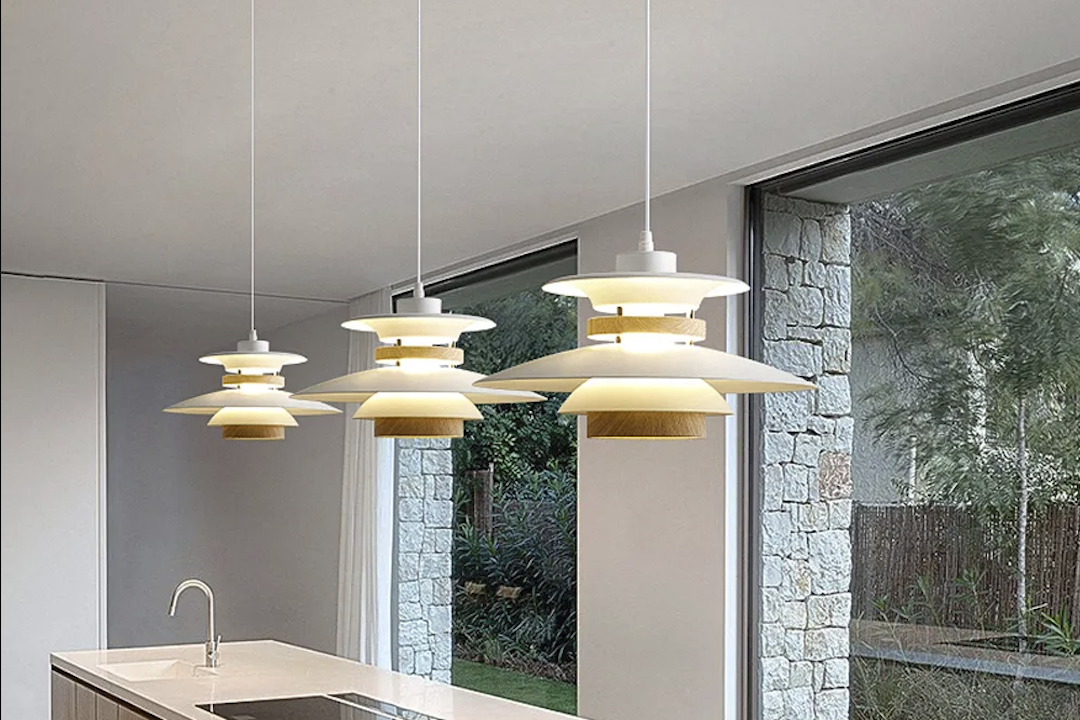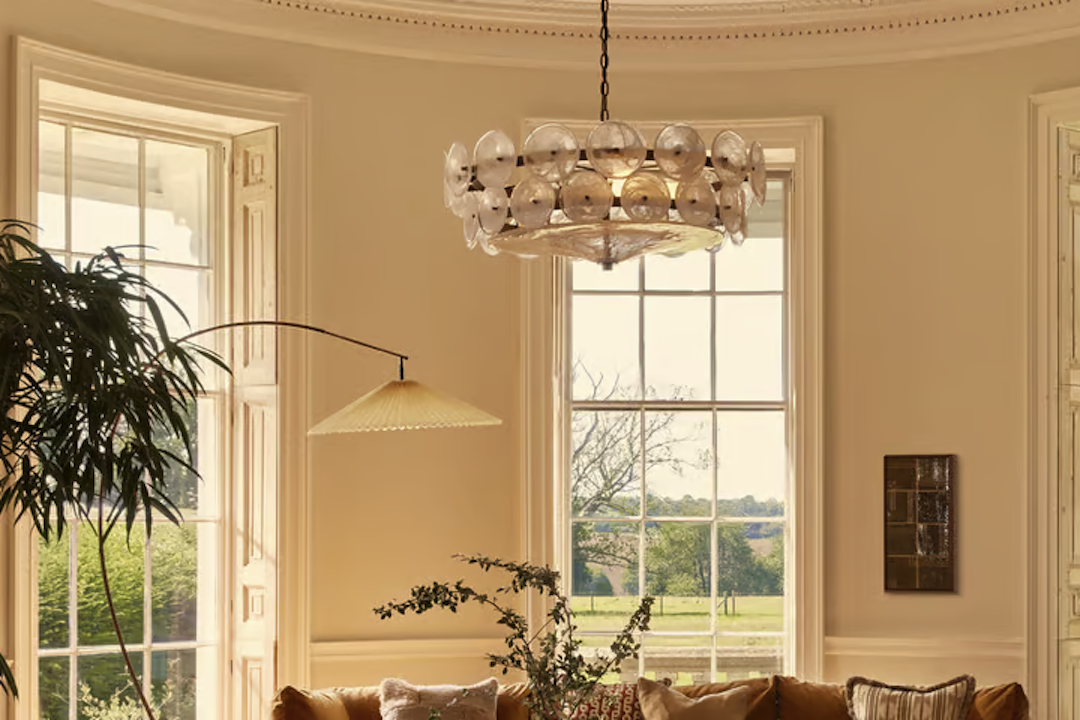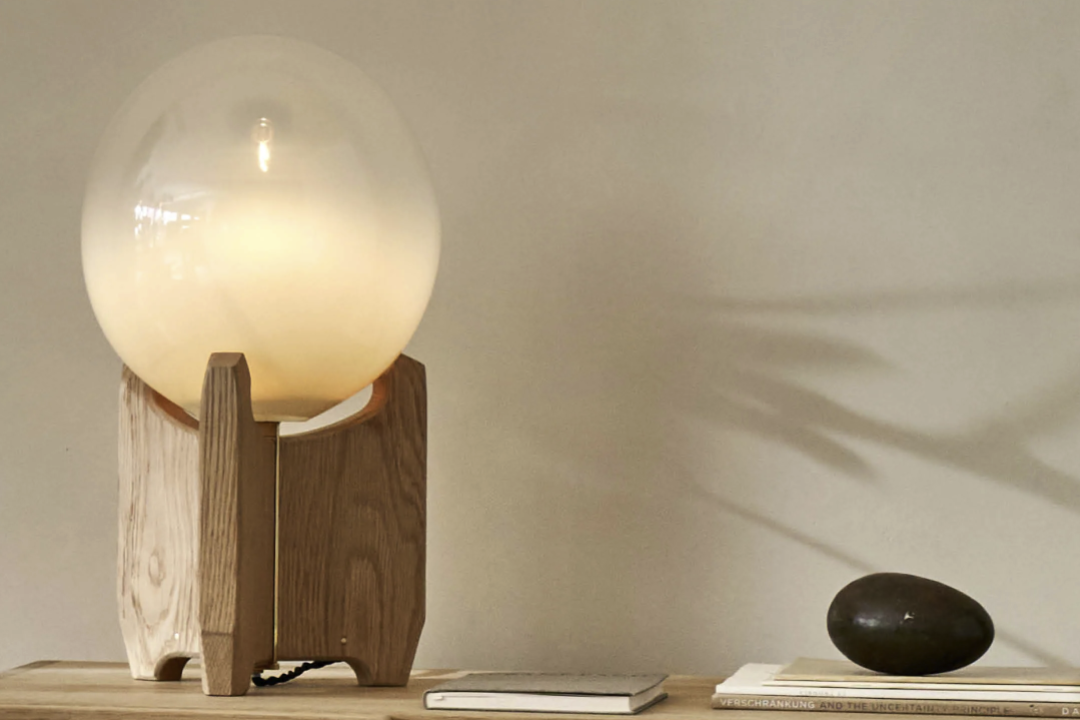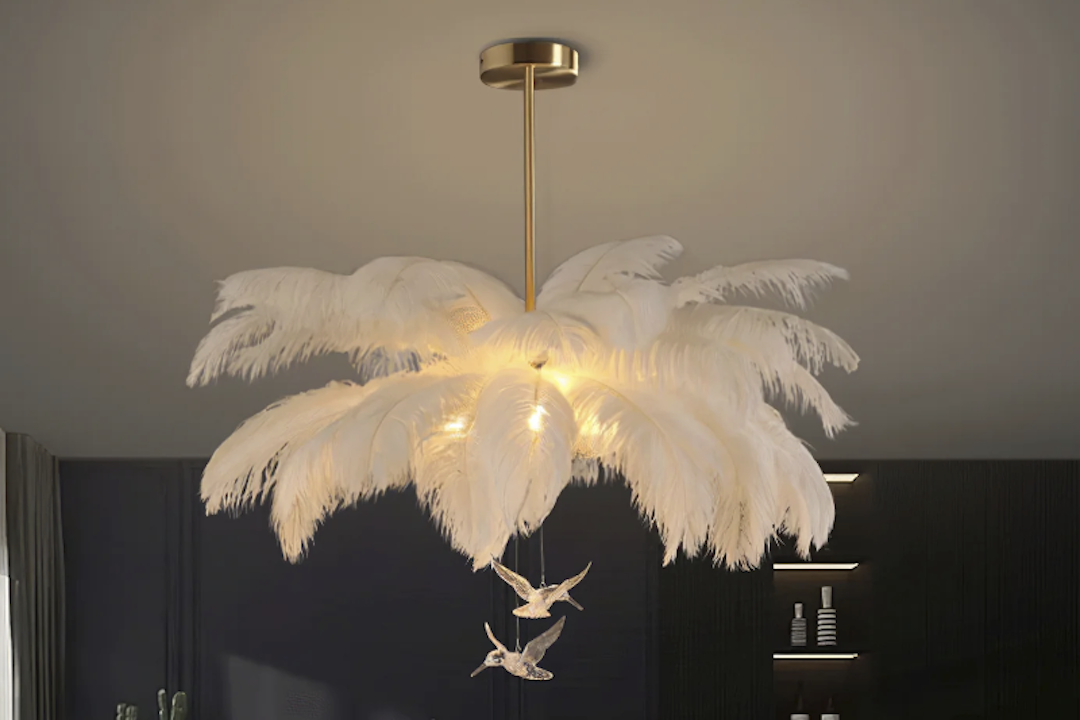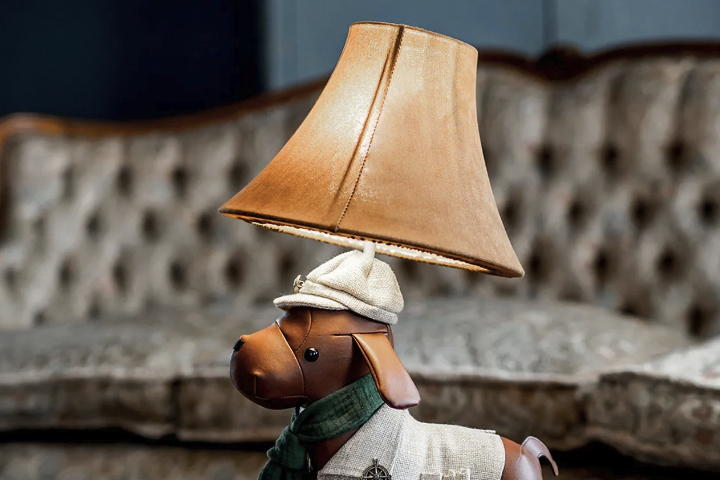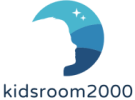A well-designed study space can have a significant impact on a child’s learning and productivity. It provides a dedicated area where they can focus on their schoolwork, free from distractions. Having a designated study space also helps children develop good study habits and routines, as they associate that area with learning and concentration.
Creating a study space for your child has numerous benefits. Firstly, it helps them stay organized by providing a place to keep their books, supplies, and assignments. This reduces the chances of losing important materials and promotes a sense of responsibility. Secondly, a study space allows children to personalize their environment, making it more comfortable and inviting. This can enhance their motivation and enjoyment of learning. Lastly, having a separate study area helps establish boundaries between schoolwork and leisure activities, allowing children to switch into “study mode” more easily.
Understanding Your Child’s Study Needs: Factors to Consider When Choosing a Desk
When choosing a desk for your child’s study space, it’s important to consider their individual learning style and preferences. Some children may prefer a quiet and secluded space, while others may thrive in a more social environment. Understanding how your child learns best will help you create an environment that supports their unique needs.
Age, height, and physical abilities are also important factors to consider when selecting a desk. Younger children may benefit from desks that are lower to the ground or have adjustable heights to accommodate their growth. It’s essential to choose a desk that allows your child to sit comfortably with their feet flat on the floor and their arms at a 90-degree angle when writing or typing.
Size Matters: How to Choose the Right Desk Size for Your Child’s Age and Height
Selecting the right desk size for your child is crucial for their comfort and productivity. A desk that is too small can lead to cramped working conditions, while a desk that is too large can make it difficult for your child to reach their materials.
Guidelines for selecting the right desk size include ensuring that the desk is wide enough to accommodate a computer or laptop, books, and writing materials. It should also have enough surface area for your child to spread out their work comfortably. Additionally, the desk should have enough legroom for your child to sit comfortably without feeling restricted.
Adjustability and flexibility are also important considerations when choosing a desk size. Look for desks that can be adjusted in height, allowing you to adapt the desk as your child grows. This ensures that the desk remains comfortable and ergonomic throughout their school years.
Desk Styles and Materials: Which Type of Desk is Best for Your Child’s Learning Style?
There are various desk styles and materials to choose from when creating a study space for your child. The style and material you choose should align with your child’s learning style and personality.
Traditional desks with drawers and compartments are ideal for children who prefer a clean and organized workspace. These desks provide ample storage space for books, supplies, and other materials, keeping the study area clutter-free.
For children who prefer a more modern and minimalist look, a sleek and simple desk made of metal or glass may be more suitable. These desks are often compact and can fit well in smaller spaces.
If your child enjoys a more rustic or natural aesthetic, consider a wooden desk. Wood provides warmth and character to a study space, creating a cozy and inviting atmosphere.
Storage Solutions: The Importance of Adequate Storage Space in a Child’s Study Area
Adequate storage space is essential in keeping a study area organized and clutter-free. When selecting storage solutions for your child’s study space, consider their specific needs and preferences.
Bookshelves or bookcases are essential for storing textbooks, reference materials, and novels. They can be freestanding or wall-mounted, depending on the available space. Open shelves allow for easy access to books, while closed cabinets can keep materials hidden and create a neater appearance.
Desk organizers, such as pencil cups, file holders, and trays, are useful for keeping writing utensils, papers, and other small items within reach. These organizers can be placed on the desk surface or attached to the side of the desk for easy access.
If space is limited, consider utilizing vertical storage solutions such as wall-mounted shelves or hanging organizers. These options maximize storage without taking up valuable floor space.
Comfort and Ergonomics: Tips for Choosing a Desk that Promotes Good Posture and Reduces Strain

Comfort and ergonomics are crucial factors to consider when choosing a desk for your child. A desk that promotes good posture and reduces strain can help prevent discomfort and injury.
Look for desks that have adjustable heights, allowing your child to sit with their feet flat on the floor and their arms at a 90-degree angle when writing or typing. This helps maintain proper alignment of the spine, reducing the risk of back pain and fatigue.
Ergonomic chairs are also important for promoting good posture. Look for chairs with adjustable seat heights, lumbar support, and armrests. These features ensure that your child’s body is properly supported while they work.
In addition to a comfortable chair, consider adding a footrest if your child’s feet do not reach the floor when seated. This helps maintain proper leg alignment and reduces strain on the lower back.
Lighting and Ambience: Creating a Calm and Focused Environment for Your Child’s Study Space
Lighting and ambience play a significant role in creating a calm and focused study environment for your child. Proper lighting reduces eye strain and fatigue, while ambience sets the mood for concentration and productivity.
Natural light is ideal for study spaces as it provides a bright and refreshing atmosphere. Position the desk near a window to maximize natural light. If natural light is limited, consider using task lighting such as desk lamps or overhead lights with adjustable brightness levels.
Avoid harsh or fluorescent lighting, as it can cause eye strain and headaches. Instead, opt for warm and soft lighting that creates a cozy and inviting atmosphere.
Ambience can be enhanced through the use of color and decor. Choose calming colors such as blues or greens for the walls and add artwork or motivational posters to inspire your child. Plants can also add a touch of nature and improve air quality in the study space.
Desk Accessories and Organization: Tools and Techniques to Keep Your Child’s Desk Tidy and Productive
Desk accessories and organization tools are essential for keeping your child’s desk tidy and productive. They help create a sense of order and make it easier for your child to find and access their materials.
Pencil cups or holders are useful for keeping writing utensils organized and within reach. They prevent pens, pencils, and markers from rolling off the desk or getting lost in drawers.
File holders or folders can be used to organize papers, assignments, and important documents. Categorize them by subject or date to make it easier for your child to locate specific materials.
Cable management solutions such as cable clips or cable sleeves can help keep cords and cables organized and prevent them from tangling. This not only improves the appearance of the study space but also reduces the risk of tripping hazards.
Budget Considerations: Finding a Desk that Meets Your Child’s Needs Without Breaking the Bank
When selecting a desk for your child’s study space, it’s important to balance cost and quality. While it’s tempting to opt for the cheapest option available, investing in a durable and functional desk will ensure that it lasts for years to come.
Consider shopping during sales or looking for second-hand options to find affordable desks that meet your child’s needs. Online marketplaces and thrift stores often have a wide selection of desks at discounted prices.
If budget is a concern, prioritize the features that are most important for your child’s comfort and productivity. For example, if adjustability is crucial, focus on finding a desk that meets that requirement, even if it means compromising on other features.
Remember that a good quality desk is an investment in your child’s education and well-being. It’s worth spending a little more to ensure that they have a comfortable and functional study space.
Putting it All Together – Creating the Perfect Study Space for Your Little Learner
Creating the perfect study space for your child involves considering all the factors discussed above. By understanding your child’s study needs, choosing the right desk size and style, providing adequate storage solutions, promoting comfort and ergonomics, creating a calm and focused environment, and utilizing desk accessories effectively, you can design a study space that is functional, comfortable, and inspiring for your child.
Remember to involve your child in the process of designing their study space. Let them choose colors, decor, and accessories that reflect their personality and interests. This will help create a sense of ownership and pride in their study area.
Lastly, regularly assess and update the study space as your child grows and their needs change. As they progress through different grades and subjects, their study requirements may evolve. Stay attuned to their preferences and make adjustments accordingly to ensure that their study space remains supportive and conducive to learning.

